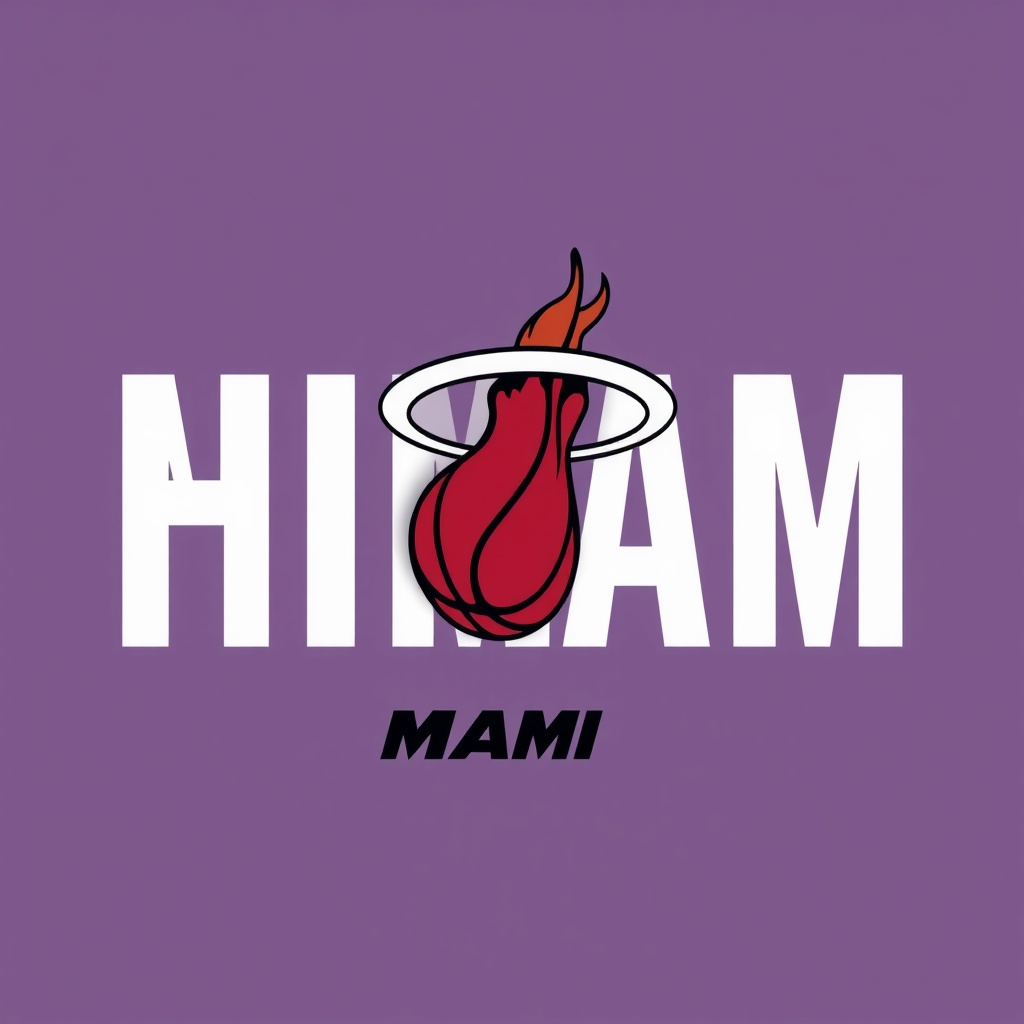Heat Culture Explained: How the Miami Heat Build Contenders Through Coaching, Player Development, and Roster Construction
Few franchises capture attention like the Miami Heat. Known for a relentless identity commonly called “Heat Culture,” the team blends toughness, accountability, and strategic roster construction into a recognizable brand on and off the court. That culture shapes everything from draft choices to perimeter defense and keeps the Heat a perennial topic among NBA fans.
What defines Heat Culture
Heat Culture centers on accountability, versatility, and conditioning. Players are expected to contribute on both ends, learn quickly, and embrace roles that serve the team. That ethos helps the organization extract maximum value from veterans and young players alike, turning undrafted signings and later-round picks into rotation contributors through clear expectations and intensive development.
Coaching and front-office approach
Continuity in the coaching staff and a front office that prioritizes fit over flash are cornerstones of Miami’s model. The coaching staff emphasizes fundamentals, spacing, and switchable defense. Schemes often feature multiple defenders capable of guarding through screens and rotating quickly to contest shots.
On offense, pace and efficient shot selection—pushes for open midrange or three-point attempts rather than contested twos—are prioritized to maximize points per possession.
Player development pipeline
The Heat’s development pipeline is built around a mix of internal growth and targeted additions. The organization invests in sports science, film study, and skill coaches to develop shooting mechanics and defensive footwork. The G League affiliate plays a clear role in providing game reps and conditioning cycles to younger players or those returning from injury. That systematic growth philosophy helps maintain a deep, adaptable rotation during long regular seasons and high-stakes playoff stretches.
Roster construction and versatility
Rather than chasing big-name superteams, Miami often targets players who fit stylistically—versatile defenders, switchable wings, and bigs who can protect the rim while making plays in short-roll actions. This approach creates lineups that can toggle between small-ball motion and physical half-court sets. Salary flexibility and willingness to use trades make the Heat nimble in pursuing midseason upgrades that complement the roster’s identity.
Fan experience and home-court energy
Home games at the team’s arena are known for intensity and engagement. Fans appreciate the team’s grit and reward hustle plays—tough defensive stands, timely hustle rebounds, and clutch free throws.
The atmosphere often shifts opposing teams’ momentum, making the venue a challenging place for visitors late in close games.
What to watch next

Key areas to monitor are player development outcomes, how the front office approaches trades and free agency, and any strategic tweaks from the coaching staff around pace and three-point usage.
Younger contributors who continue to improve shooting and defensive IQ are the most likely catalysts for a deeper postseason run, while veteran additions that stretch the floor or shore up perimeter defense can change matchup dynamics overnight.
Why it matters
Miami’s model shows how culture and coaching can multiply talent. Teams with similar salary constraints or market challenges can take cues from Miami’s emphasis on fit, conditioning, and accountability. For fans, the payoff is an identity-driven product: disciplined, competitive, and often unpredictable in the best way.